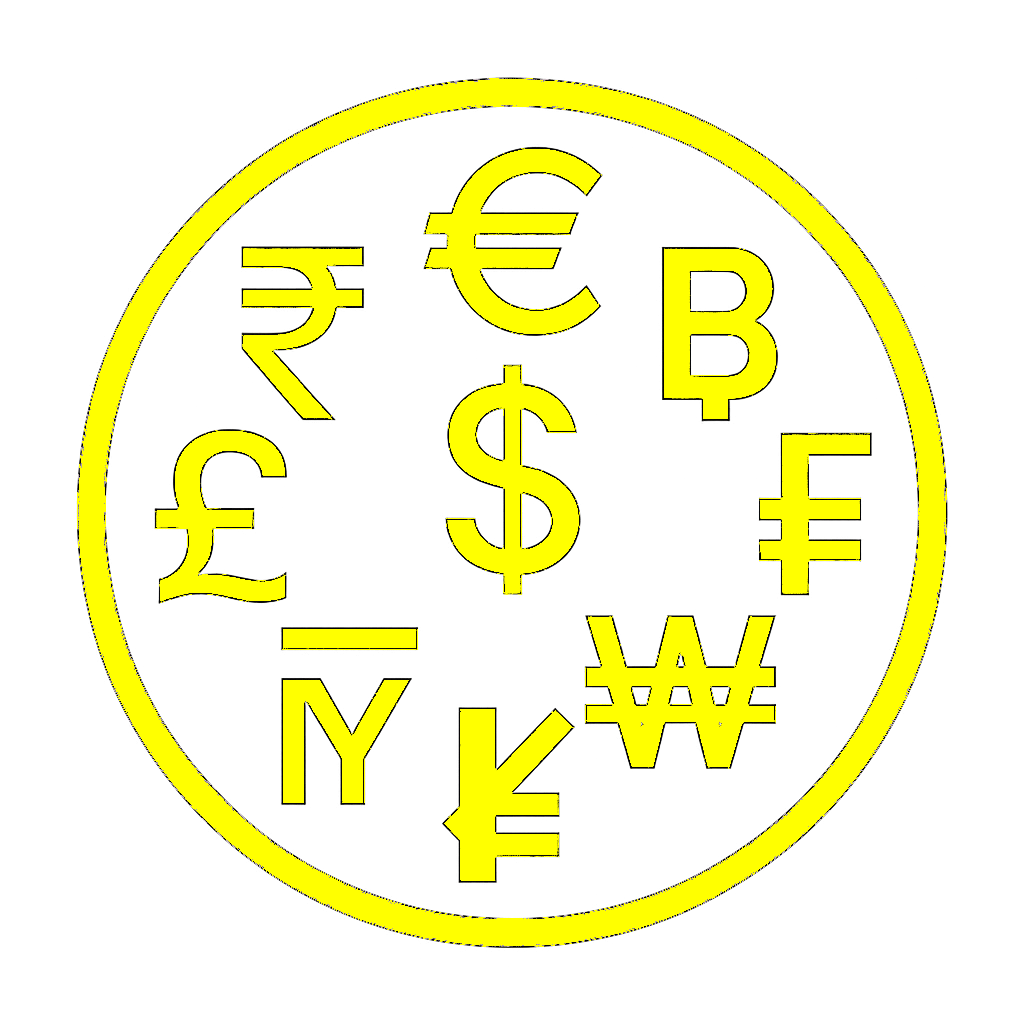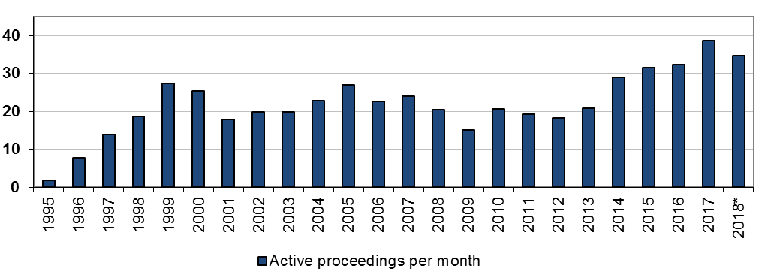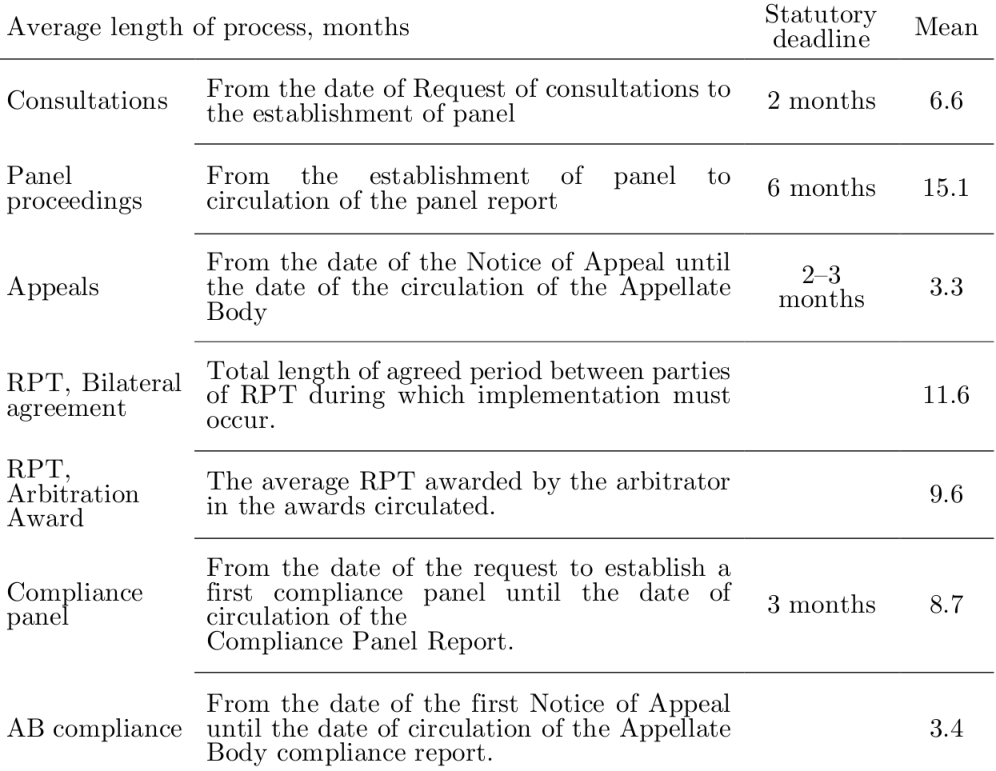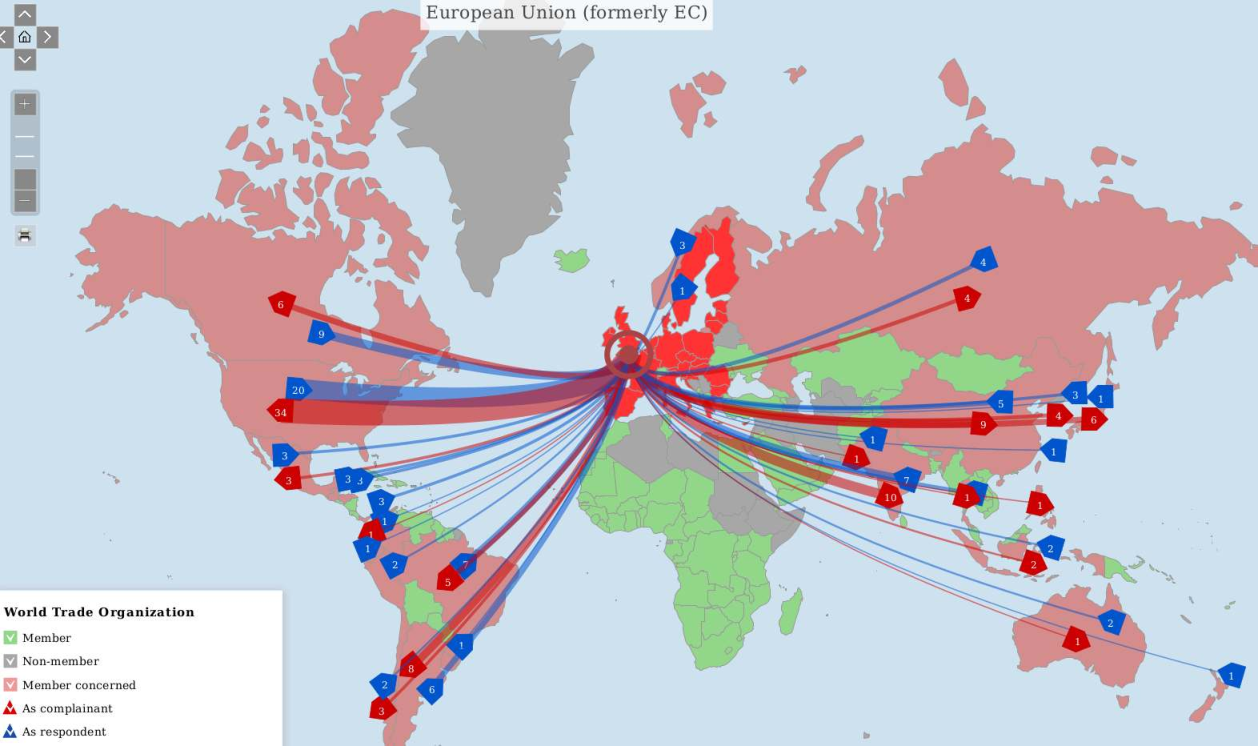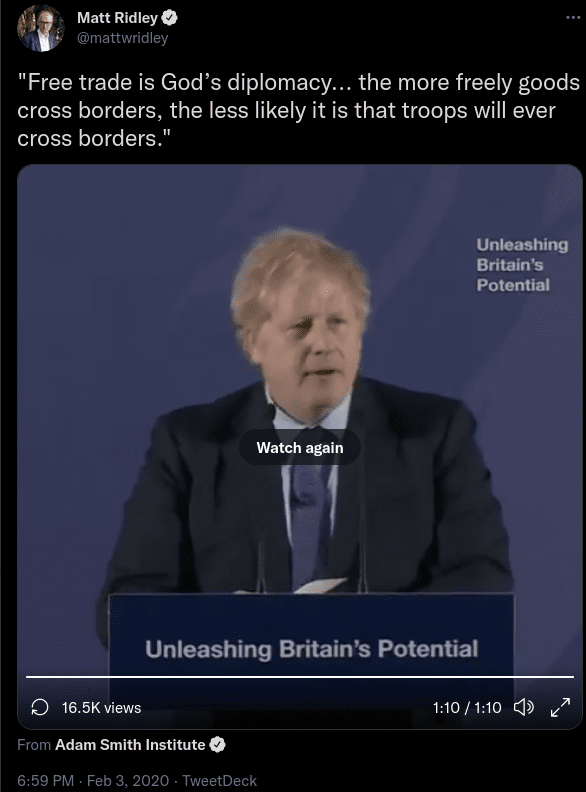36 World Trade Organization
This chapter provides information on how the World Trade Organization (WTO) organizes the world trading system.
36.1 Principles
The World Trade Organization (WTO) (see Figure 36.1) is an intergovernmental organization that regulates international trade and replaced in 1995 the General Agreement on Tariffs and Trade (GATT). 164 (!) countries are currently member of the WTO. The WTO facilitates the smooth and free flow of global trade through the administration and monitoring of a rules-based system that should among others help to make international trade (policy) more predictable. This set of rules is embodied in the WTO Agreements which are based on basic principles, that are described in the following three sub-sections.
36.1.1 Non-discrimination:
The Most Favoured Nation rule (MFN)
The MFN ensures non-discrimination between trading partners as it states that if a WTO member grants a country an advantage, it has to give such advantage to all WTO members. Thus, a WTO member has to grant the most favorable conditions under which it allows trade in a certain product type to all other WTO members. However, there is no rule without an exceptions.1
The National Treatment Principle (NTP)
The NTP ensures non-discrimination between domestic and foreign products or services. It prohibits a member from favoring its domestic products over imported products. The NTP aims to provide equality of competitive conditions for imported products in relation to domestic products. Again, no rule without exceptions.2
36.1.2 Transparency
All WTO members must publish their trade regulations and changes therein. Moreover, members should respond to requests for information by other members.
36.1.3 More open and predictable trade
While the use of tariffs and quotas is not prohibited, members have committed to carry out multilateral negotiations periodically with a view to reduce the general level of trade barriers.
36.2 The Dispute Settlement Body
To make decisions on trade disputes between governments that are adjudicated by the organization, the WTO has established the Dispute Settlement Body (DSB). The Dispute Settlement Body is a meeting of the WTO General Council that brings together all representatives of WTO member governments, usually at the ambassador level. Any WTO member that believes another member is in violation of an obligation or WTO rule can file a complaint. The goal of the Dispute Settlement Body is then to find a solution to the dispute, including any violation. The first step is consultations between governments. If the dispute cannot be resolved through discussions, the DSB makes a decision and the offending country is ordered to correct its policies. In most cases, countries find a mutually acceptable solution to the dispute. If the offending country does not correct its policy or provide other compensation, the WTO authorizes retaliatory action by the complaining country against the offending country. The adjudication process can take some time, as can the implementation of remedies to enforce or compensate for the violation of a WTO rule. Figure 36.2 provides an overview of the average number of active, that is, unresolved, complaints in recent years.
- Book about trade disputes from 1995 to 2020: Organization (2010): WTO Dispute Settlement: One-page Case Summaries 1995–2020.
- WTO landing page about Dispute settlement
- Map of disputes between WTO Members
Note: Annual averages are calculated on the basis of the number of active proceedings per month (January to December) over the yearly period concerned (e.g. in 2017, 39 proceedings were active per month, on average). The 2018 average is based on the number of active proceedings in January, February and March. Source: www.wto.org
Source: Johannesson & Mavroidis (2017)
Source: Reich (2017)
Referring to Reich (2017) the USA was a sinner. As Figure 36.4, Figure 36.6, and Figure 36.5 show, the US was the respondent in a relatively high proportion of all issued panel reports, namely in 38% of them (78 out 207). However, this high rate of US participation as respondent to complaints on trade violations is still much lower than its share in suspension requests. In the years I reviewed, there were 75 complainants that prevailed over the US. These are the cases where there is a potential for suspension requests in case of non-compliance. Indeed, 26 of these complainants ended up submitting suspension request against the US. That corresponds to 34.6% of the total. In other words, more than one third of the complainants who prevailed over the US in dispute settlement procedures, were forced to turn to trade sanctions in their effort to obtain compliance by the US.
When China acceded to the WTO, many scholars and policy makers were very skeptical about the willingness and ability of China to comply with international trading rules. However, the number of suspension requests that have been filed against China is zero (at the time when Reich (2017) published his study). China’s record on compliance, at least for now and at least as measured by the number of suspension requests filed against it, seems to be perfect.
Source: www.wto.org
Source: www.wto.org
36.3 Trump and the WTO
Read the following excerpt of an article entitled with “Trump Trade Fight Heads to Global Court as WTO Nears the Rubicon” by Bryce Baschuk at www.bloomberg.com published on 21. of November 2018:
The Geneva-based WTO has long avoided this politically fraught confrontation, which could irreparably harm the organization tasked with deciding international trade disputes. But barring any unforeseen developments, the WTO on Nov. 21 will grant requests from members including China and the European Union to determine if U.S. steel and aluminum tariffs imposed in March – and based on national security concerns – are legal.
U.S. trade officials say that the WTO has no authority to mediate national security matters and should simply issue a decision that says the matter is outside of the WTO’s remit. WTO Director-General Roberto Azevedo has gone so far as to warn countries against taking this dispute to the WTO, arguing that it instead “requires conversation at the highest political level.” The fight could end up sidelining the WTO.
“If the WTO finds that Trump’s tariffs are permitted under the national security exception, it opens a gaping hole that would allow any other country the right to impose trade barriers on any product at any moment and for no particular reason other than protectionism” Chad Bown, a senior fellow at the Washington-based Peterson Institute for International Economics, said in an interview.
In applying the tariffs, Washington relied on a rarely-used WTO national security exemption, which permits governments to take “any action which it considers necessary for the protection of its essential security interests.” The Trump administration has already blocked the process once, and since the rules don’t allow further preventative actions, the WTO will likely create a dispute settlement panel, which would consist of three experts. Any decision would likely be rendered in 2019 or 2020.
For example, a member may provide preferential treatment only to some countries within a free trade area or customs union, without having to extend such better treatment to all members. Another exception enables developed members to give unilateral preferential treatment to goods imported from developing countries and least-developed countries (LDCs), without having to extend such better treatment to other members.↩︎
For example, there may be a security need to develop and purchase products domestically, or government procurement may, as is often the case, be used as a policy tool to promote smaller business, local industry or advanced technologies, see GATT Article III:8(a).↩︎
